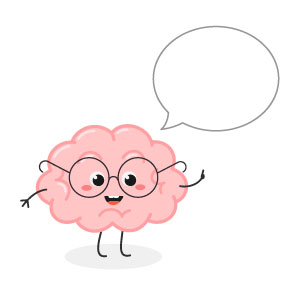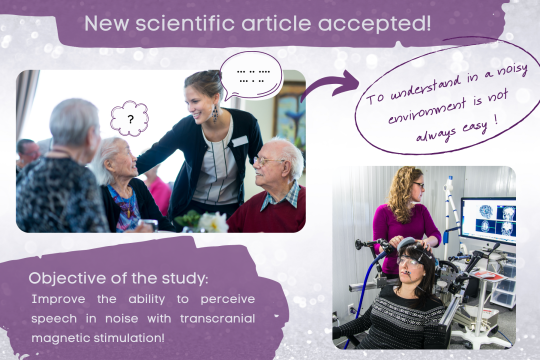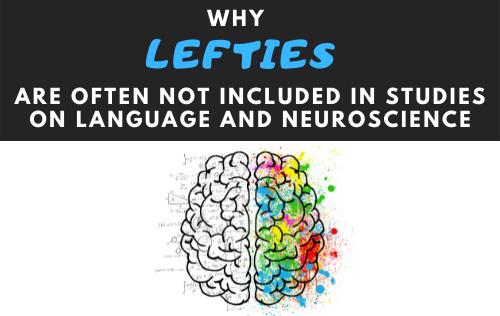The ability to communicate through language is a remarkably complex skill. Our work focuses on the neurological mechanisms that underlie the production and perception of speech and voice. We use multimodal (functional, structural, diffusion) magnetic resonance imaging (MRI), electroencephalography (EEG) and transcranial magnetic stimulation (TMS) to study the neurological mechanisms involved in these processes. We are interested in the links between brain structure (e.g., cortical thickness, gray matter volume, connectivity) and function, and communication skills, including speech rate, articulatory quality and the ability to perceive sounds that are ambiguous or presented in the noise (e.g., in a restaurant). We are also interested in the relationship between communication and cognitive functions, such as attention, inhibitory control, and working memory.

Selected relevant publications on this topic
- Courson, M., *Tremblay, P. (2020) Neural correlates of manual action language: comparative review, meta-analyses and ROI analysis. Neuroscience and biobehavioral reviews 16, 221-238.
- Dick, A. S., & Tremblay, P. (2020). Broca and Wernicke are dead: The new neurobiology of language. Republished in Curtis, A., & Satchwell, M., Psychology Review: A-Level Exam Skills and Practice. Hodder Education, UK.
- Deschamps I., Courson M., Dick, AS. *Tremblay, P. (2020) The phonological loop: is speech special? Experimental Brain Research. 238:2307–2321
- Pinto, S., Tremblay, P., Basirat, A., Sato, M. (2019) The impact of when, what and how predictions on auditory speech perception. Experimental Brain Research. 237, 3143–3153
- Tremblay, P. & Dick, A. (2016) Broca and Wernicke are Dead, or Moving Past the Classic Model of Language Neurobiology. Brain & Language, 162, p. 60-71.
- Deschamps, I., & Tremblay, P. (2014) Sequencing at the syllabic and supra-syllabic levels during speech perception: an fMRI study. Front. Hum. Neurosci. Juillet 8:492.
- Dick, A. S., Bernal, B., & Tremblay, P. (2014). The Language Connectome: New Pathways, New Concepts. Neuroscientist. Mai 1;8, p. 356-366.
- Dick, A. S., & Tremblay, P. (2012). Beyond the arcuate fasciculus: consensus and controversy in the connectional anatomy of language. Brain, 135(Pt 12), 3529-3550.



